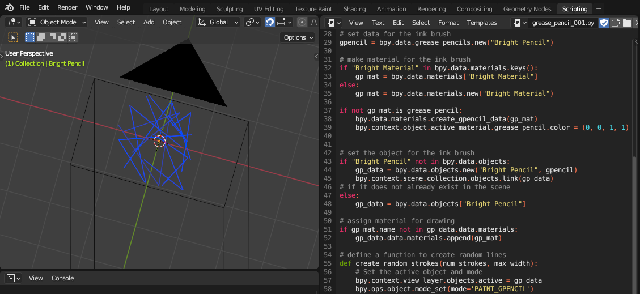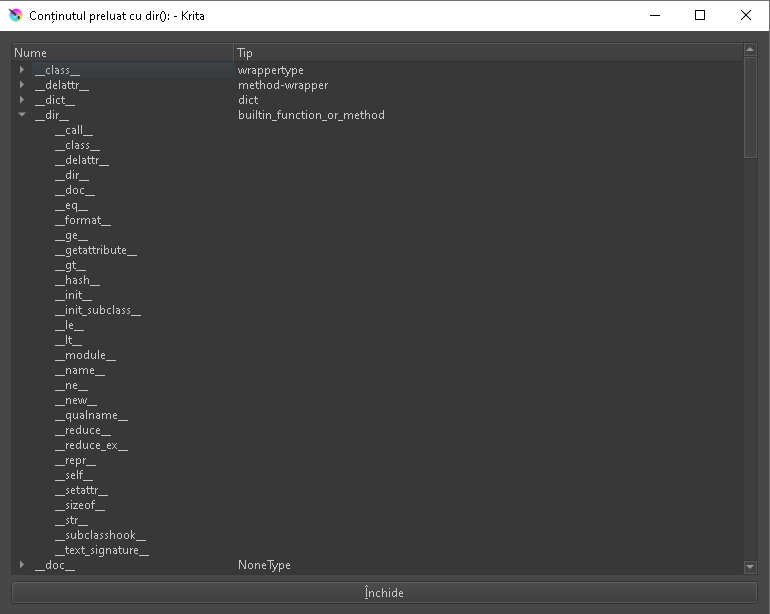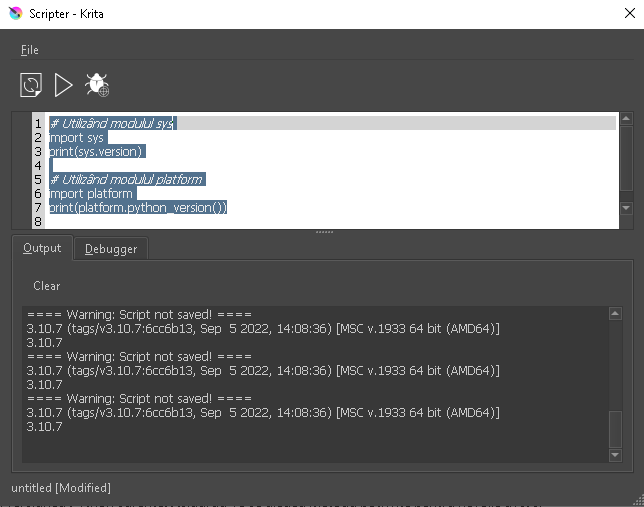This is a simple Blender 3D script that render images from myimage_000 to myimage_035 around object named Cube.
The script can be changed with any object and any steps for 0 to 360 degree.
import bpy
import math
# Set the object that the camera will orbit around
#target_object = bpy.data.objects["MyObject"]
# Create a new empty object
empty = bpy.data.objects.new("Empty", None)
# Set the empty object's location to the origin point
empty.location = (0, 0, 0)
# Set the starting position for the camera
camera = bpy.data.objects["Camera"]
# Set the number of degrees to rotate the camera around the object
degrees = 360
# Set the distance that the camera should be from the object
distance = 7.6
# Set the speed at which the camera should orbit
speed = 10
# Set the direction in which the camera should orbit (1 for clockwise, -1 for counter-clockwise)
direction = 1
# Set the camera to track the object
bpy.ops.object.select_all(action="DESELECT")
camera.select_set(True)
# Set the distance to origin point
camera.location = (-distance, 0, 0)
bpy.context.view_layer.objects.active = camera
# Remove all constraints from the object "Cube"
bpy.data.objects['Cube'].select_get()
bpy.context.view_layer.objects.active = bpy.data.objects['Cube']
bpy.ops.object.constraints_clear()
# Add a track to constraint to the object and set it
bpy.ops.object.constraint_add(type="TRACK_TO")
bpy.ops.object.track_set(type="TRACKTO")
# Set the target object as the tracking target
bpy.data.objects['Cube'].select_get()
bpy.context.view_layer.objects.active = bpy.data.objects['Cube']
# Select the file image format
bpy.context.scene.render.image_settings.file_format = 'PNG'
# Animate the camera orbiting around the object
for frame in range(0, 36):
# Set the current frame
bpy.context.scene.frame_set(frame)
# Calculate the new position for the camera based on its distance from the object
x = distance * math.sin(math.radians(frame*speed*direction))
y = distance * math.cos(math.radians(frame*speed*direction))
camera.location = (x,y,0)
# Set the output path for the rendered image
bpy.context.scene.render.filepath = "C:\\tmp\\myimage_" + str(frame).zfill(3) + ".png"
# Render the frame and save it to the output file
bpy.ops.render.render(write_still=True)




